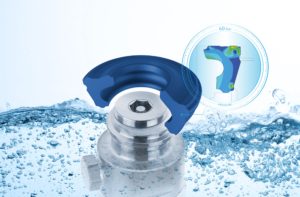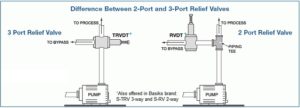Market for Nuclear Valves to Exceed $2.4 Billion in 2017
East Asian purchases of valves for nuclear power plants will boost the market for valves in the nuclear industry to over $2.4 billion by 2017. This is the conclusion in Nuclear Power Plant Valve Forecast and Analysis published by the McIlvaine Company.
In 2017 China and other East Asian nuclear valve purchasers will spend $755 million. This represents over 30 percent of the anticipated total purchases in 2017. Western Europe expenditures will exceed 20 percent of the 2017 total whereas NAFTA expenditures will be less than 15 percent.
The average nuclear power plant utilizes more than 5,000 valves. Many different valve types are required. Sizes range from those handling a few liters per minute to those which control more than 100,000 gpm.
The majority of the purchases will be for existing power plants. Many nuclear power plants are advanced in age. There is the need to replace valves which have reached the end of their economic life. There is also the need to replace valves due to tighter safety requirements and new operating regimes. The stringency of regulations is higher for valves within the nuclear island as opposed to those used for inlet water and service outside the critical areas.
Most reactors currently planned are in the Asian region, with fast-growing economies and rapidly-rising electricity demand.
Some countries with existing nuclear power programs (Argentina, Armenia, Brazil, Bulgaria, Canada, China, Czech Republic, France, India, Pakistan, Romania, Russia, Slovakia, South Korea, South Africa, Ukraine, UK, and USA) have plans to build new power reactors (beyond those now under construction).
Approximately 150 power reactors with a total net capacity of some 16,000 MWe are planned and over 300 more are proposed. Energy security concerns and greenhouse constraints on coal and the high cost of wind and solar have made nuclear power more attractive.
There are negative as well as positive factors in the growth potential. There is heightened concern over safety due to the Fukushima accident and the inability of the operator to quickly solve the problem. Some of the plants now under construction are experiencing cost over runs.
The low gas prices in the U.S. are also having a negative effect. The global warming initiative is showing signs of weakening as Australia has eliminated its carbon tax and the U.S. Congress is now controlled by those who place a low priority on climate change.
Source: The McIlvaine Company







